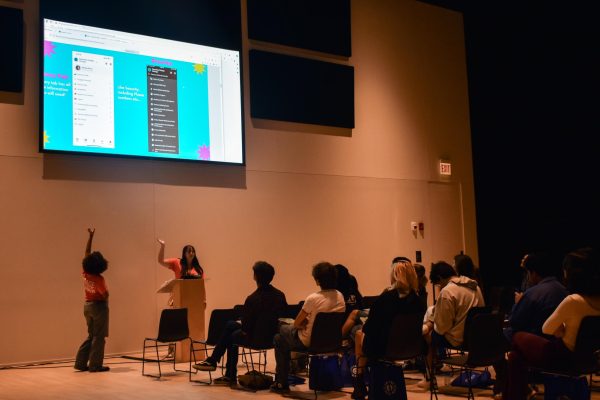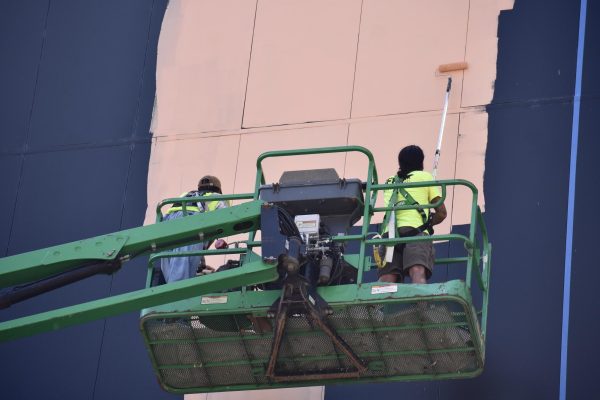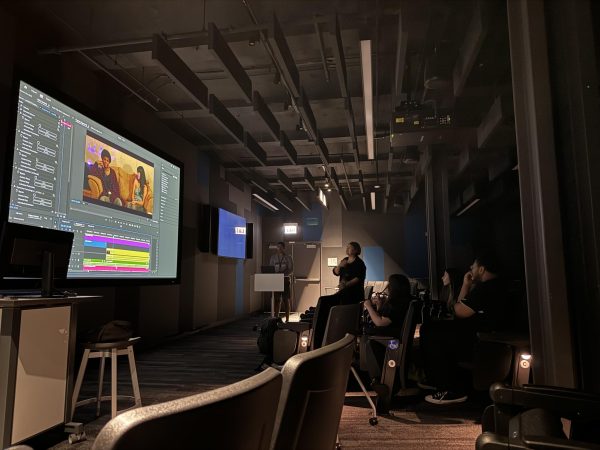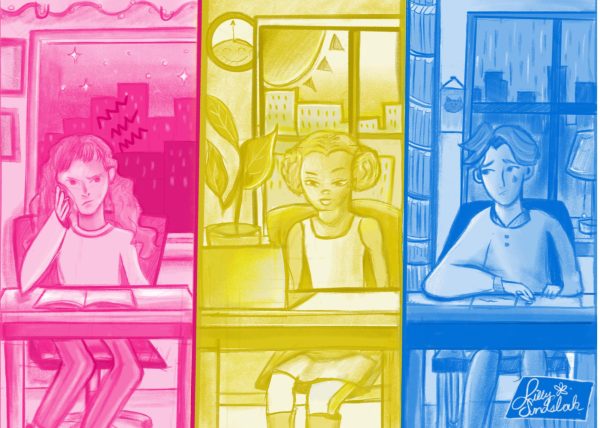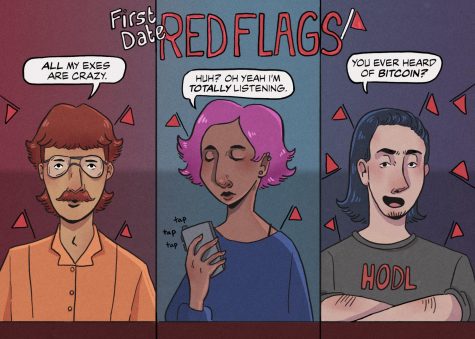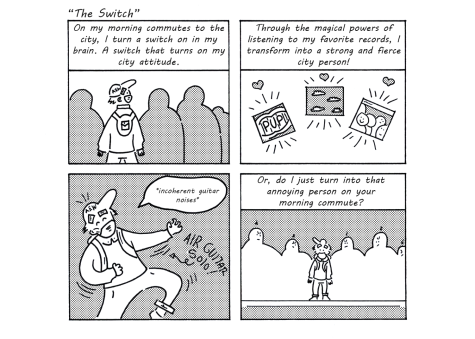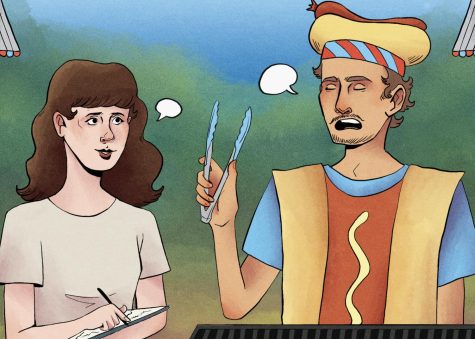Bailouts necessary in rocky situation
September 29, 2008
Never in history has the Federal Reserve System made the decision to bail out failing companies on the enormous scale seen over the past two weeks. Financial analysts and economists agree it’s truly unprecedented.
A CNN opinion poll conducted on Sept. 23 showed only 9 percent of people believe they won’t be adversely affected by the current economic crisis. College students will be affected as much as post-graduates. But it’s important to understand how and why.
Despite the complexities of Wall Street and the confusing details of each recent bailout, it is crucial that people pay attention and care about what’s going on. It’s especially important for college students because decisions made by the Fed now will ultimately affect students as they approach graduation.
Before understanding the details, it’s important to understand some of the misconceptions. One such misconception is that the March bailout of Bear Stearns and the Sept. 16 bailout of American International Group (AIG) are going to immediately cause a large increase in taxes. That is not the case. It’s important to look at the available facts, understand the system and place concern in the right place. Concern of a gigantic and immediate tax increase is one that can be avoided by understanding basics of the Federal Reserve and the provisions of each bailout.
Each crisis handled by the Fed is different. In the case of the Bear Stearns bailout, the Fed loaned JPMorgan Chase $29 billion. The interest rate on that loan is based on a rate called the primary credit rate (not to be confused with the prime rate), and it fluctuates with a rate called the discount rate. When the loan was made, the interest rate was 2.5 percent. The easiest way to think of this interest rate is to compare it to a credit card. In this instance, it would be representative of a credit card without a fixed interest rate. Thus the rate can change over time. The important thing to take away from this is that this is was a loan, not a free giveaway of taxpayer dollars.
The bailout of AIG is a bit different. This was an enormous loan of $85 billion, unlike anything the United States has ever seen. For that exact reason, we can only predict what will happen, as there is no exact certainty. Some financial analysts, such as Peter Schiff, author of Crash Proof: How to Profit from the Coming Economic Collapse, think this bailout was a terrible decision.
However, if AIG is able to pay back the loan and the Fed does not step in and make any additional provisions, there is actually potential for the U.S. to make a large profit. The interest rate on the $85 billion loan is 11.3 percent. This means the U.S. could possibly make a profit of close to $10 billion upon repayment of the loan.
Weighing on everyone’s mind is whether or not the Fed made the right decision by bailing these companies out. Despite concerns about the possible ramifications of these bailouts, the government simply did not have a choice. The alternative would have led to much more dire consequences.
According to Wilma Wells, chief financial officer of T & C Federal Credit Union, inaction by the government would have led to “the collapse of the entire financial structure as we know it.”
Without government action, the market is likely to continue its downward spiral and the farther the market falls, the more businesses will fail. If a trend like this is allowed to continue, unemployment rates will skyrocket and college graduates will be hard pressed to find a job.


